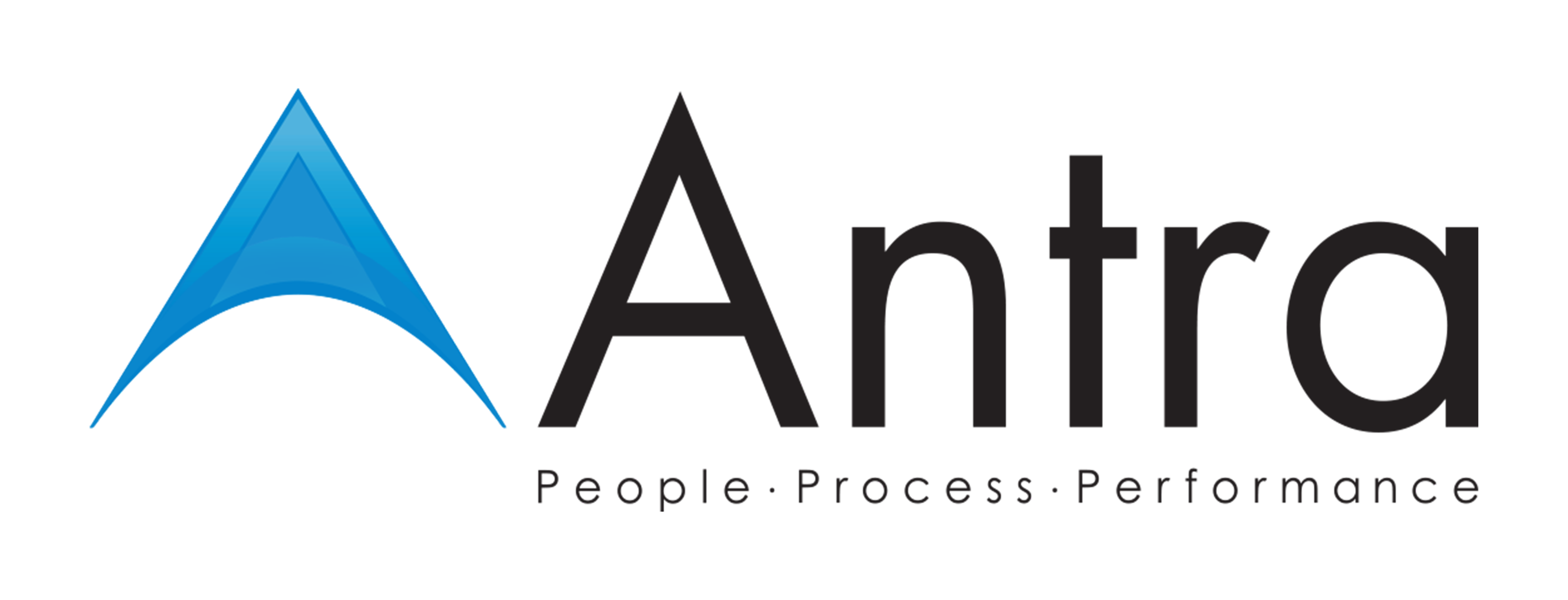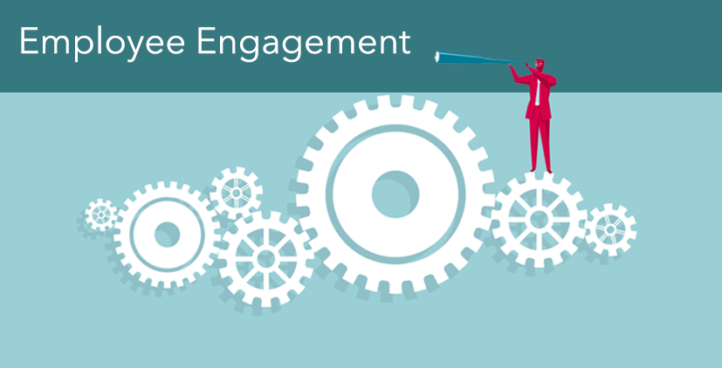This is a post contributed by one of our new employees regarding the importance of employee engagement.
Empowered employees are more productive and create a positive environment in the company! I wonder how many companies consider and execute employee engagement as a strategic activity. I have been working in the IT industry for over four years and was on a lookout for new opportunity, and I was fortunate enough to get some reasonable offers. In all honesty, money wasn’t always the priority or the concern of moving on to a next job.
However, I was looking to join a company where I could enjoy my work with comfort and freedom. Right now, the new workspace seems peaceful and “work-worthy.”
But then, what made the difference?
Is it the company or it’s me?
I could not figure out the answer to these questions, and that’s when I approached my friend who works in HR, for coffee. Our discussion turned out to be interesting as g about employee engagement.
Here are some of the key points that we discussed.
What is Employee Engagement?
Employee Engagement is an approach taken by the organization to create a feeling of importance among the employees and thereby inspiring them to contribute the best.
Unlike the pre-globalization workspace, employers now have realized that the sense of togetherness within the firm is essential. The warm feeling that your organization is protective about its employees readily creates a sense of commitment among them, and hence productivity increases.
But coming back to our conversation, I went back to the early days of my career.
The HR and Management of my previous organizations insisted us to work with minimum breaks and created a high-pressure work environment to achieve more than what we practically could. Their micromanagement created insecurity among the employees, and it could only improve the productivity by a margin, but then the quality plummeted. I remember how my colleagues advised not to work more than what I committed. It’s just one of the few instances where the management’s attitude distorted our enthusiasm.
These days companies, including start-ups, compromise on headcount, which significantly increases the workload of employees which often results in disgruntled employees.
As he sipped his coffee, we continued our discussion on “why employee engagement and how these 10 C’s can be used to engage employees in an organization?”
He asked, “Do you voluntarily work overtime?
I answered, “Yes.”
“That’s what employee engagement is all about.”
“Really? I mean how?”
“It’s because you feel included and have realized your role in the organization.”
I will try to explain all the information he endowed on me.
Employee engagement leads to empowerment and encouragement for the employees with a clear transparency of organizational and personal goals. Thus, companies need to adapt themselves to initiatives that capture the faith and dedication of their employees!
Many organizations have realized the importance of employee engagement which they have started implementing and pushing away the bureaucracy and micromanagement. The strategies can be broadly classified into below four categories:
Strategic or Goal Alignment
Strategic Alignment is the level of clarity that employees learn from the organization about their goals and strategies. Unlike my previous company, I work with a purpose here. I evaluate my work and assess it periodically to meet the goals.
According to the engagement-profit chain, engaged employees leads to:
- Higher service, quality, and productivity
- Higher customer satisfaction
- Increased sales (repeat business and referrals)
- Increase in revenue
- Higher shareholder returns (i.e stock price)
Managerial competencies and their influence
For the better progression of employee engagement, managers are responsible for encouraging and motivating employees (Oh. I am thinking of Leonardo DiCaprio in the movie “The Wolf of Wall Street”).
A good manager ensures security and freedom and creates room for creativity among the employees for a better outcome. When my manager recognizes my work and appreciates it, it motivates me to push myself little more.
Engage workforce
Employee engagement is not only limited to the workspace but when employees are invited to interact outside their cubicles and office walls, it helps them build a community. The times that are spent out of office for coffees, lunch, dinner, or drinks are power boosters to productivity. When one can argue with their senior colleague on Euro cup or politics, they create a better rapport. It brings all the employees together, irrespective of their designation. This increases organizational value and thereby raise the employment outcome and organization profit.
Great manager = Great results
The manager is supposed to be an immediately accessible person. Hence, the manager is expected to inspire, mentor and assist. Great managers have a clear understanding of goals and often come with a plan that let employees (team members) be productive as well as creative contributors.
All this approach assures a stress-free office environment and encourages employees to be productive, creative and at the same time committed to its organization.
Are you interested in keeping your skills fresh? Just subscribe to our blog and follow us on Facebook, LinkedIn, Twitter. You can also reach us here.


Leave a Reply